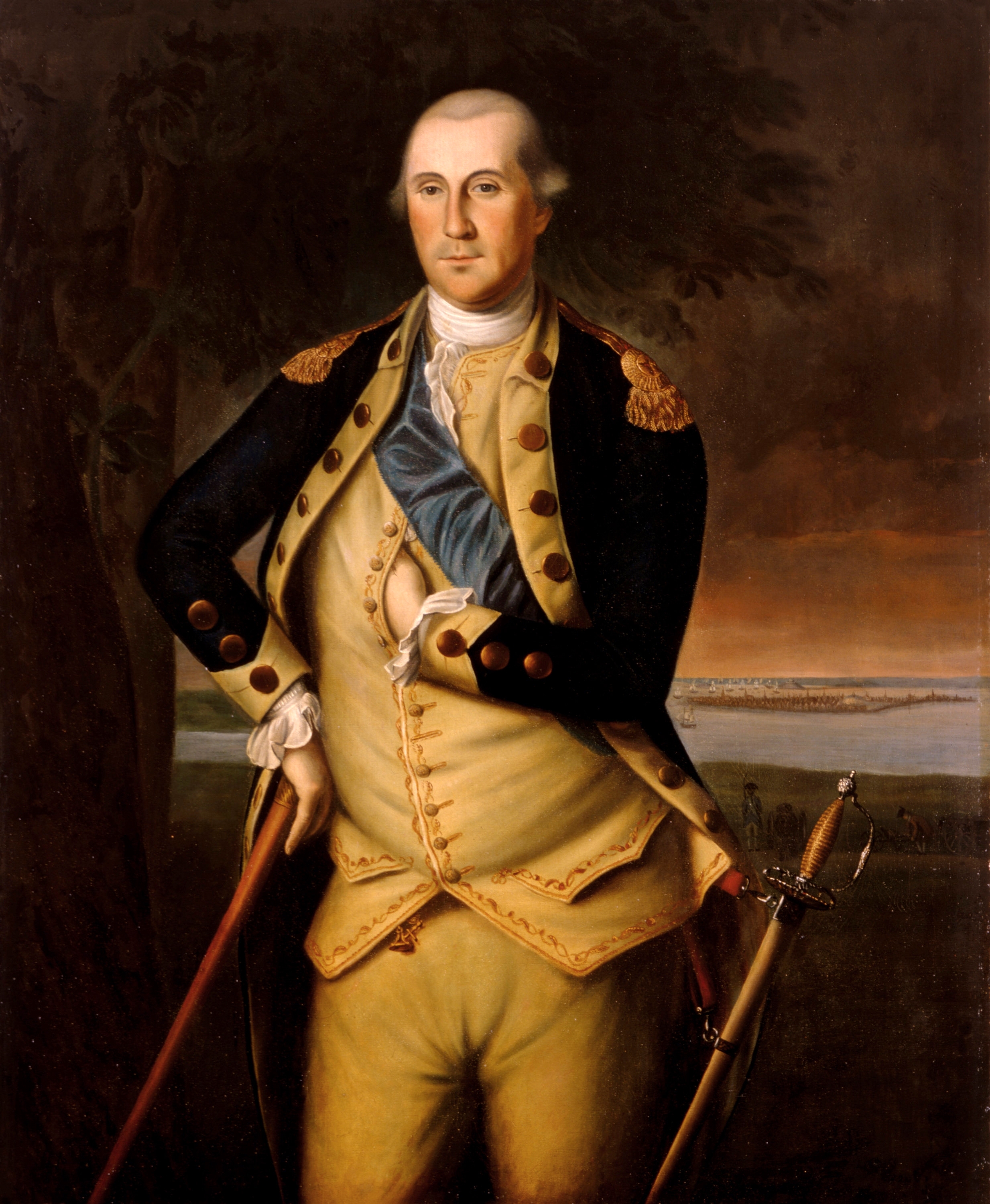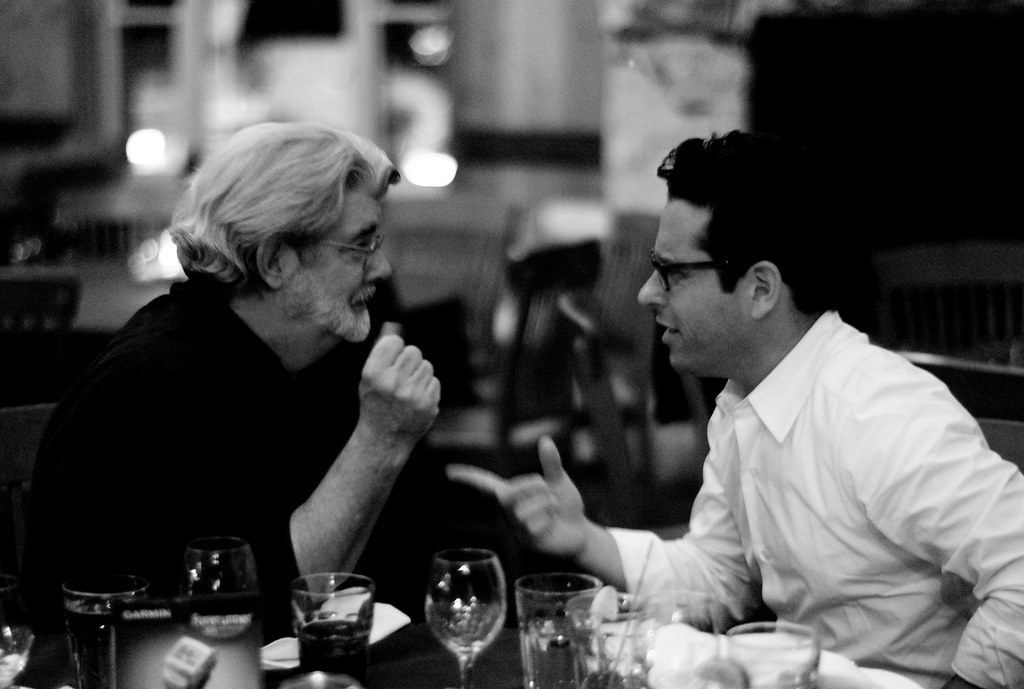
In 2012, the entertainment world experienced a tremor of galactic proportions with the groundbreaking announcement that George Lucas, the visionary architect of the Star Wars universe, had sold Lucasfilm to Disney. This monumental transaction, valued at a staggering $4.05 billion, didn’t just mark a shift in corporate ownership; it ignited a fervent global conversation about the future of one of the most beloved sagas in history. For many, the immediate question was simple: why would the creator of such a cherished empire choose to let it go?
This decision, however, was far from simple, born from a confluence of deeply personal desires, shrewd business acumen, and an uncanny prescience regarding the evolving landscape of media and entertainment. Lucas’s motivations were layered, reflecting not only a wish to step back from the intense demands of blockbuster filmmaking but also a profound commitment to securing the longevity and expansion of the universe he so meticulously built. It was a move that promised a new era for Star Wars, albeit one with its own set of challenges and triumphs.
As we delve into the core reasons behind this historic sale, we’ll uncover the intricate ‘how’ and ‘why’ behind Lucas’s choice, moving beyond surface-level assumptions to appreciate the strategic depth of his decision. This exploration will illuminate the visionary thinking that allowed Lucas to both create an unparalleled cultural phenomenon and ensure its continued vibrancy for generations to come, even if it meant relinquishing direct control.
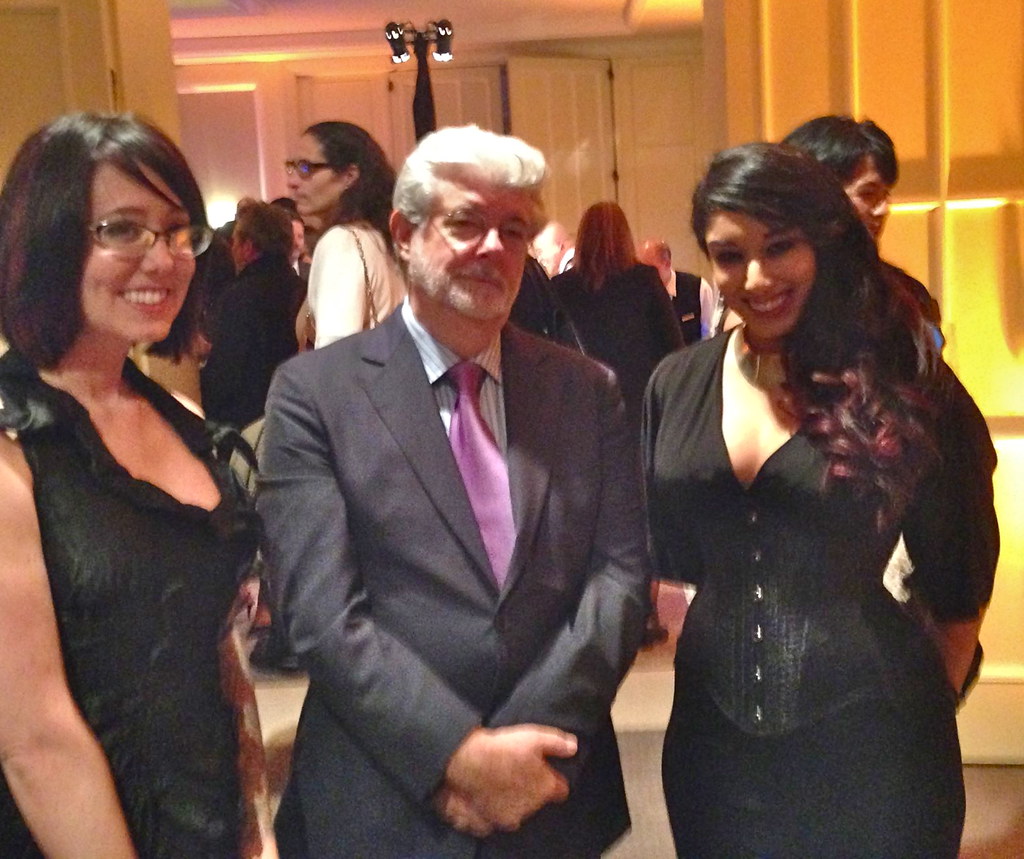
1. **A New Hope for Personal Life: George Lucas’s Desire for Retirement and Family Time.**At 68 years old in 2012, George Lucas found himself at a crossroads, contemplating a significant shift in his life’s trajectory. After dedicating the vast majority of his adult life to the intricate tapestry of the Star Wars universe and nurturing the growth of Lucasfilm, he began to seriously consider retirement. This wasn’t a decision made impulsively, but rather a deeply personal one, much like the careful weighing of options, as described in the context. His primary motivation was to reclaim time, to step back from the relentless demands of his empire, and to embrace a more “normal life” while he still had the chance.
His reflections, shared in “The Star Wars Archives: Episodes I-III 1999-2005,” reveal the very human scale of his dilemma. Lucas recounted being “starting the next trilogy” and having “talked to the actors and I was starting to gear up.” Yet, concurrently, he was “about to have a daughter with his wife.” He starkly articulated the immense time commitment involved: “It takes 10 years to make a trilogy — Episodes I to III took from 1995 to 2005.” Facing another decade of intense production, the weight of this commitment clashed with his burgeoning family life.
Ultimately, Lucas posed a crucial question to himself: “In 2012 I was 69. So the question was am I going to keep doing this for the rest of my life? Do I want to go through this again?” His answer was clear and poignant: “Finally, I decided I’d rather raise my daughter and enjoy life for a while.” This illustrates a profound personal pivot, prioritizing his family and personal well-being over the continuous demands of a sprawling cinematic universe. He further clarified that while he “could have not sold Lucasfilm and gotten somebody to run the productions,” for him, “that isn’t retiring.” This highlighted his need for a complete break, a true relinquishing of the reins to achieve genuine retirement.
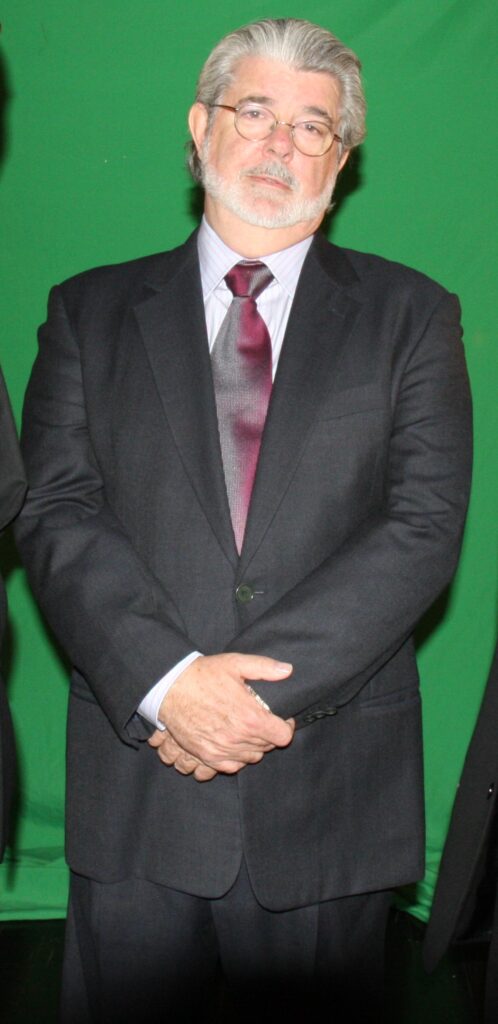
2. **The Micromanager’s Dilemma: Why Lucas Knew He Couldn’t Just Delegate.**George Lucas was renowned not just as a storyteller, but as a meticulous craftsman, often deeply immersed in every facet of his projects. This hands-on approach, while a hallmark of his creative genius, also presented a significant challenge to his retirement aspirations. He acknowledged his own “micromanager” tendencies, a trait that made merely delegating responsibilities to others an unviable path to stepping away from Lucasfilm. This self-awareness was a critical factor in his decision to sell the entire company rather than attempting a partial retreat.
He candidly reflected on past experiences where he tried to distance himself from the day-to-day production, specifically referencing `The Empire Strikes Back` and `Return of the Jedi`. During these productions, despite his intentions, he “wound up being on set every day” because he simply “couldn’t” stay out of the way. This demonstrated a deep-seated inability to passively observe his creations being shaped by others, even if those individuals were “friends of mine and they did great work.” The fundamental issue for Lucas was that “it wasn’t the same as me doing it; it was like being once removed.”
This recurring struggle with detachment led him to a crucial realization: “I knew that probably wouldn’t work again, that I’d be frustrated.” He recognized that any attempt to merely appoint someone else to “run the productions” for a new trilogy, while still retaining ownership of Lucasfilm, would inevitably lead to intense personal dissatisfaction and a feeling of being creatively stifled. The deep immersion required for his creative process meant that true retirement, for him, necessitated a complete handover, freeing him from the temptation and internal compulsion to micromanage.
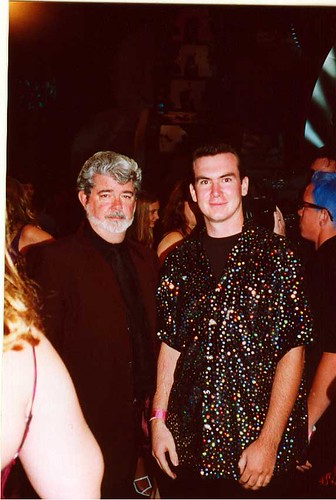
3. **Securing the Star Wars Legacy: Ensuring Longevity Beyond His Direct Control.**Beyond his personal desire for retirement and his struggle with delegation, a paramount motivation for George Lucas was the enduring legacy and future vitality of the Star Wars franchise itself. He had poured his life’s work into building this universe and, at 68, he wanted to ensure that his vision would continue to thrive and expand for generations to come, even without his direct, daily involvement. This was not merely a sale, but a considered act of stewardship for his creative magnum opus.
Lucas explicitly stated his primary motivation was “to ensure the longevity of his creation.” He looked beyond his own tenure, recognizing that to truly perpetuate and grow the Star Wars saga, it needed the infrastructure and global reach of a larger entity. He acutely understood that Disney, with its “vast resources and global reach,” possessed “the capability to take Star Wars to new heights” that might not have been possible under his sole leadership. This acknowledgment speaks to a visionary who could see the limitations of his own corporate structure relative to the boundless potential of the franchise.
By “entrusting his life’s work to Disney,” Lucas could achieve his goal of stepping back from the intense day-to-day operations of Lucasfilm while still witnessing his “beloved franchise continue to thrive.” He wished for the franchise to “continue thriving even after his retirement,” underscoring his deep-seated commitment to its future. This strategic transfer allowed him to preserve the core of his creation, ensuring that the saga of a galaxy far, far away would not just survive but flourish, reaching new audiences and exploring new narratives long after his direct creative control ceased.
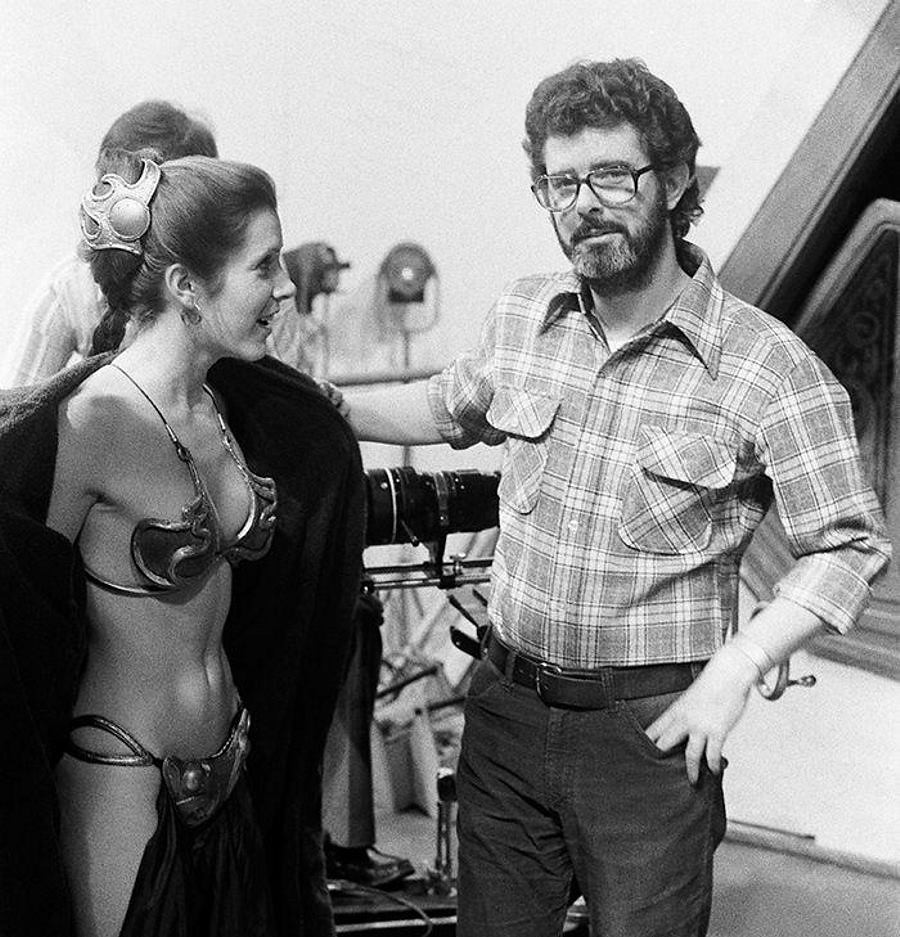
4. **Navigating the Streaming Revolution: Lucas’s Foresight on Industry Shifts.**While personal reasons and legacy preservation were central, George Lucas also demonstrated a keen, almost prescient, understanding of the seismic shifts occurring within the entertainment industry. In a revealing interview with Brut at the 2024 Cannes Film Festival, Lucas shed light on another critical factor influencing his decision: the unstoppable rise of streaming services and the impending “giant transition” in the business. His observations painted a picture of an industry on the cusp of profound change, prompting him to choose his moment to bow out.
Lucas noted with striking clarity that “Streaming is really powerful, and it’s great. It really upped the movie business.” He articulated his recognition of “the challenges facing traditional theatrical releases” and specifically highlighted “Netflix’s meteoric ascent” as a pivotal example that helped cement his decision. This insight shows Lucas wasn’t just reacting to immediate circumstances but was actively analyzing broader industry trends and predicting their transformative impact on content creation and distribution.
His candid admission, “I don’t know what this is gonna be, there’s gonna be a giant transition in the business… and I sold the company, and I retired,” encapsulates his strategic timing. Lucas foresaw a future where the established paradigms of filmmaking, particularly around theatrical distribution, would be fundamentally challenged by new platforms. Selling Lucasfilm before this “giant transition” fully materialized allowed him to exit on his own terms, recognizing that the demands of navigating this new landscape would require immense investment and a different kind of corporate agility, which Disney was uniquely positioned to provide.
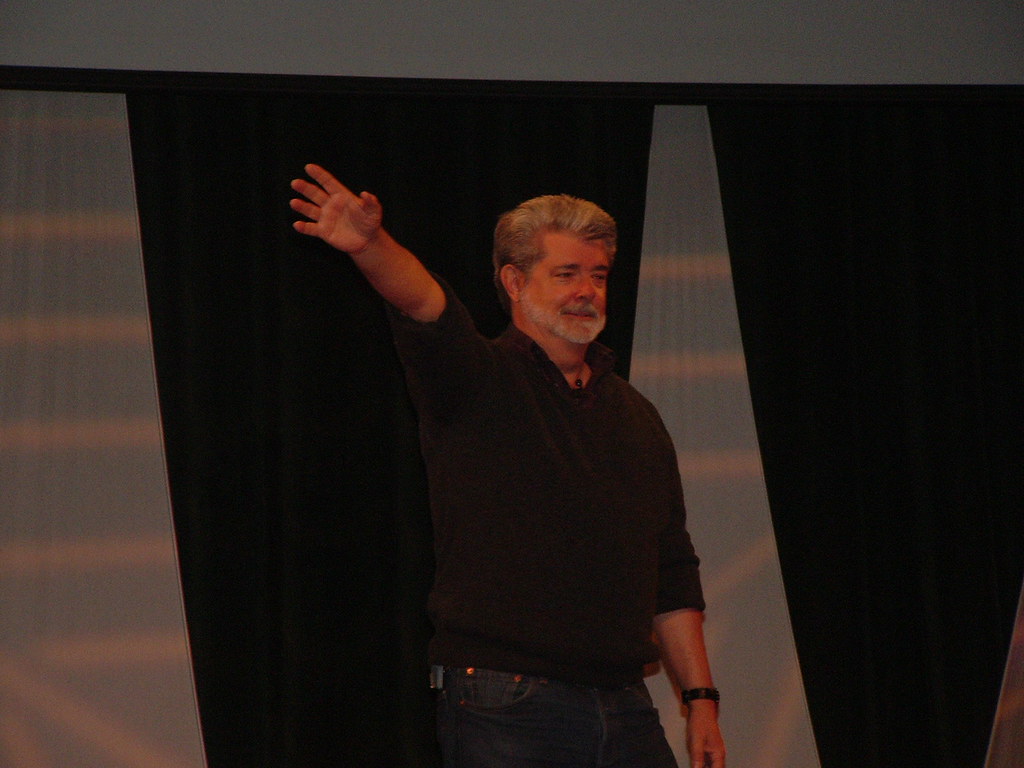
5. **The Financial Force: A Prudent Business Move and Philanthropic Vision.**It would be an oversight to discuss the Lucasfilm sale without acknowledging its significant financial dimensions. The transaction was not solely about preserving a legacy or securing personal time; it was also, unequivocally, “a smart business move.” The astonishing $4.05 billion price tag underscored “the immense value of the Star Wars franchise and its potential for future growth,” a testament to Lucas’s decades of creative and entrepreneurial genius. This deal was a landmark, reflecting the unparalleled commercial power of the universe he had forged.
The scope of the sale extended beyond just the Star Wars brand. It “included not only the rights to Star Wars but also other Lucasfilm properties such as Indiana Jones and Industrial Light & Magic,” the company’s groundbreaking special effects division. This comprehensive transfer meant Disney acquired a treasure trove of intellectual property and innovative technological capabilities, making the acquisition a multifaceted strategic coup for the entertainment giant. For Lucas, this transaction solidified his financial standing, securing his wealth for generations.
Crucially, this financial security provided Lucas with a profound opportunity to redirect his energies. He pledged to “donate a significant portion of the proceeds to educational charities,” further cementing his legacy beyond the realm of entertainment. This commitment highlights that the sale was not just an exit strategy but a means to empower broader philanthropic endeavors. The $4.05 billion provided the foundation for Lucas to pursue his passion for education and social causes, demonstrating a holistic vision for his life’s work and its impact on the world.

6. **The Inevitable Creative Compromise: When Original Visions Get ‘Lost’ Post-Sale.**Despite the strategic brilliance and personal relief that the sale offered, George Lucas also acknowledged the inherent creative compromises that came with relinquishing control. He had indeed “planned on crafting his own Star Wars sequel trilogy” and had “already started them” conceptually, even talking to actors. The hope was that he would have “a little bit more say about the next three” films, given his foundational role and initial ideas.
However, the reality of the post-acquisition landscape diverged from his expectations. Disney, as the new custodian of the franchise, “decided they wanted to do something else.” Lucas revealed with a sense of reflective candidness that “some of his original ideas for the saga ‘got lost’ in the Disney shuffle.” This highlights the often-painful reality when a creator’s singular vision encounters a new corporate direction, demonstrating that even with the best intentions, the continuation of a saga under new hands will inevitably evolve in unforeseen ways.
Reflecting on this experience, Lucas conveyed a philosophical acceptance: “Things don’t always work out the way you want it. Life is like that.” While he described the decision to sell as “painful,” he also affirmed that it was “the right step for both his personal life and Lucasfilm’s future under Disney’s stewardship.” This illustrates the complex trade-off: personal freedom and the franchise’s institutional longevity came at the cost of his direct creative influence over the sequel narrative. It was a choice that required him to embrace the unpredictable evolution of his beloved universe.
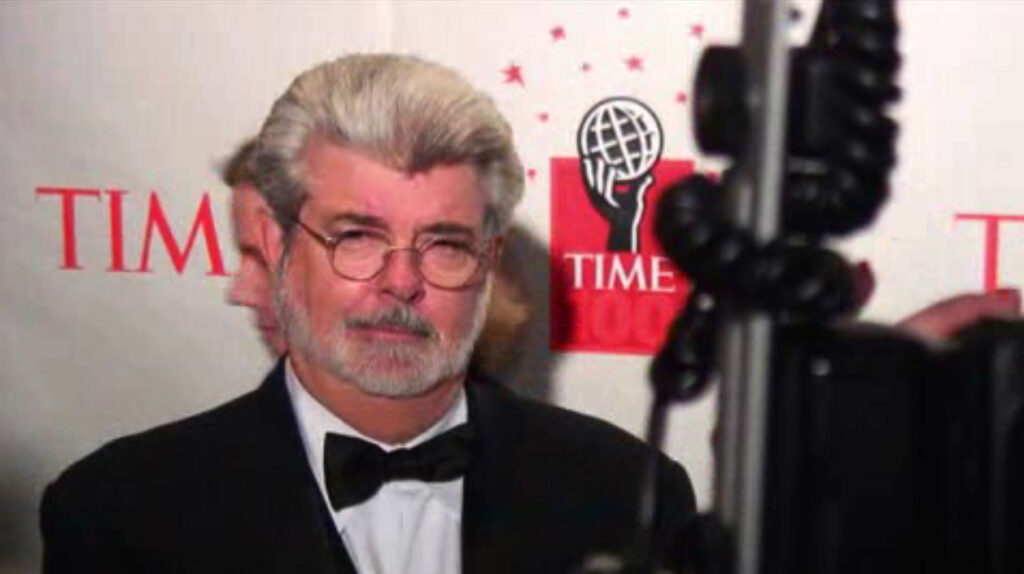
7. **The Structure of the Deal: Cash, Stock, and a Creative Empire.**The monumental $4.05 billion transaction that saw Lucasfilm change hands from George Lucas to Disney was far more than a simple exchange of assets; it was a meticulously structured agreement designed to benefit both parties significantly. This strategic acquisition, formally announced in October 2012, didn’t just transfer the rights to Star Wars; it encompassed a vast and invaluable portfolio of intellectual properties and technological innovations that Lucas had cultivated over decades, securing Disney’s position at the vanguard of global entertainment. The sheer scale of the deal underscored the unparalleled market power of Lucas’s creations and Disney’s bold vision for future growth.
Central to the mechanics of this deal was its dual nature: a significant portion of the purchase price was paid in cash, providing immediate liquidity and financial security for Lucas. This cash component was crucial for Lucas to realize his philanthropic ambitions, as he had pledged to donate a substantial amount to educational charities. This commitment highlights that the sale wasn’t merely a personal exit strategy but a means to empower broader societal contributions, transforming his cinematic success into a catalyst for positive change beyond the silver screen.
Beyond the cash, the agreement also included a substantial component of Disney stock. This provision was a masterstroke, allowing George Lucas to continue benefiting from Disney’s future growth and the ongoing profitability of the franchises he had created. As Disney’s stock subsequently soared in the years following the acquisition, this structure ensured Lucas retained a significant, albeit indirect, financial stake in the expanding universe he had brought into existence. This nuanced structure served as a testament to the foresight involved, cementing Lucas’s financial legacy while empowering Disney’s strategic expansion.
Crucially, the sale was comprehensive, encompassing not only the beloved Star Wars saga but also the adventurous Indiana Jones franchise and the pioneering visual effects powerhouse, Industrial Light & Magic (ILM). This bundled acquisition meant Disney didn’t just gain storylines and characters; it acquired a complete ecosystem of creative and technological prowess. ILM, in particular, was a jewel in the crown, representing decades of innovation in filmmaking techniques that had redefined cinematic visuals. This holistic transfer of assets positioned Disney for an unprecedented expansion of these iconic worlds across various media.
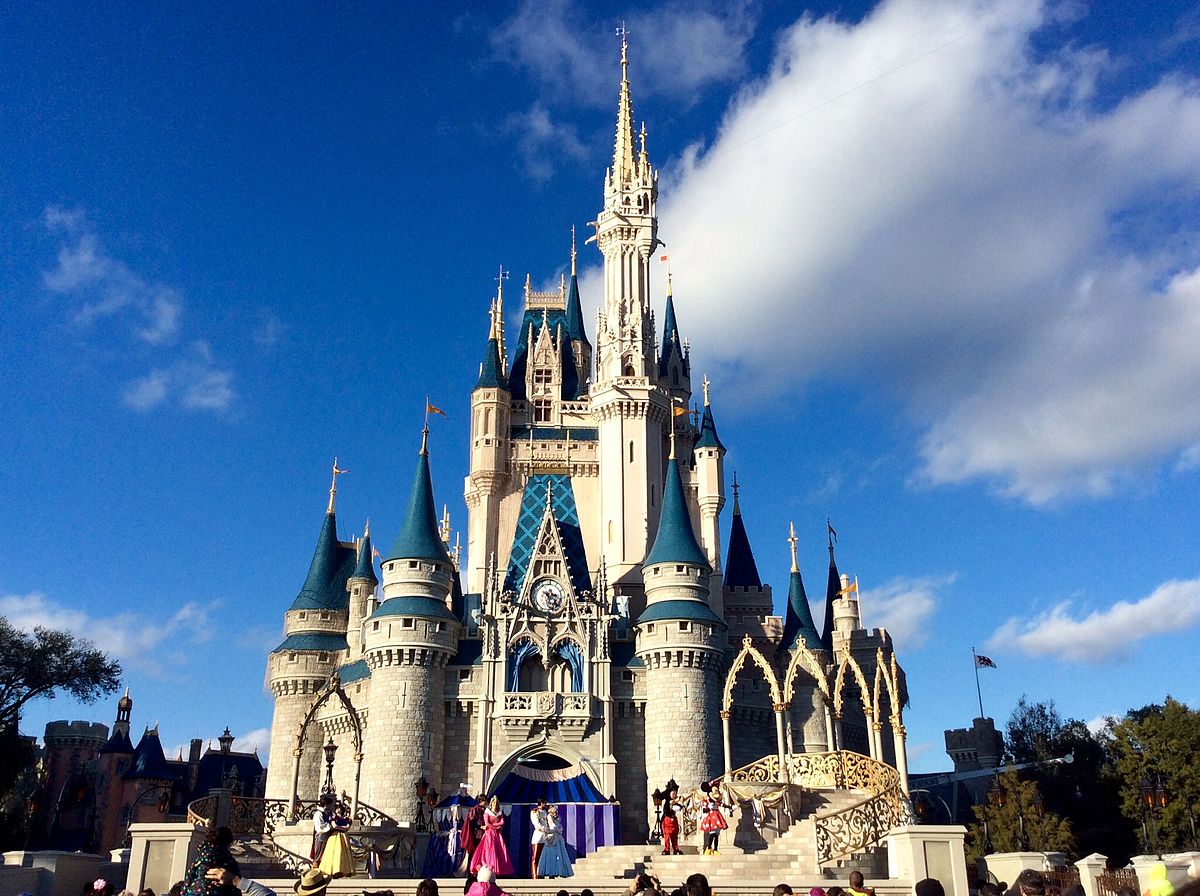
8. **Disney’s Galactic Vision: Expanding the Universe Beyond Imagination.**From Disney’s strategic vantage point, the acquisition of Lucasfilm was a calculated, visionary move designed to substantially bolster its already impressive portfolio of intellectual properties. This wasn’t merely about adding another franchise to its stable; it was about integrating a cultural behemoth with a massive, passionately devoted fanbase into its formidable ecosystem. Disney recognized the unparalleled potential of Star Wars to transcend traditional entertainment boundaries, offering fertile ground for unprecedented expansion across films, television, theme parks, and a vast array of merchandise..
The inherent strength of the Star Wars universe presented Disney with a unique opportunity to tap into a multigenerational audience. Their strategic plan aimed to leverage this appeal by creating new, compelling content that would simultaneously re-engage long-time enthusiasts and introduce the saga to entirely new generations of fans. This approach promised not only to revitalize the franchise but also to significantly expand its cultural footprint, embedding Star Wars even deeper into the global consciousness. Disney understood that the narrative possibilities within a galaxy far, far away were virtually limitless.
Indeed, Disney’s “vast resources and global reach,” as Lucas himself recognized, provided the critical infrastructure needed to propel Star Wars to “new heights” that might have been unattainable under Lucasfilm’s independent stewardship. This included unparalleled marketing capabilities, extensive distribution networks, and the financial might to invest heavily in ambitious new productions. The company’s integrated approach meant that every new film, series, or theme park attraction could be cross-promoted and synergized, maximizing its impact and profitability across all divisions of the Disney empire.
The vision extended beyond immediate content production; it was about building an immersive, living universe. Disney saw the potential for Star Wars to become a perennial pillar of its global entertainment strategy, much like its own classic animation and Marvel properties. This holistic approach, from cinematic spectacles to interactive theme park experiences, aimed to transform passive viewership into active participation, ensuring the franchise would not just endure but continuously evolve and resonate with audiences worldwide for decades to come.
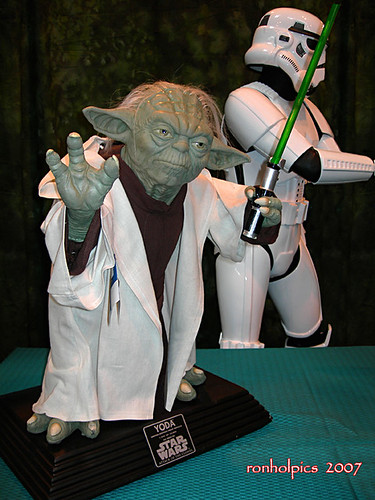
9. **A New Era of Content: The Resurgence and Evolution of Star Wars.**The post-acquisition era heralded an extraordinary resurgence for the Star Wars franchise, marked by an aggressive investment in new content that quickly propelled it back to the forefront of popular culture. Disney wasted no time in unveiling ambitious plans, beginning with a new sequel trilogy that aimed to continue the Skywalker saga. “The Force Awakens” (2015) was the vanguard, a pivotal film that reignited global excitement, blending nostalgic elements with fresh characters and storylines to captivate both seasoned devotees and a burgeoning new audience. This film alone generated immense revenue and set the stage for a new wave of storytelling.
Beyond the core saga, Disney strategically diversified its cinematic offerings with standalone films that explored different corners of the Star Wars universe. “Rogue One: A Star Wars Story” (2016) garnered widespread critical acclaim for its gritty, war-film aesthetic and compelling narrative, proving the franchise’s versatility. “Solo: A Star Wars Story” (2018), while facing some production challenges, further expanded the lore by delving into the origins of beloved characters. These films not only contributed significantly to box office revenues but also showcased Disney’s commitment to exploring diverse storytelling approaches within the established canon.
Perhaps one of the most transformative developments has been the explosive growth of Star Wars content on Disney’s streaming platform, Disney+. Series like “The Mandalorian” quickly became a cultural phenomenon, praised for its innovative storytelling and the introduction of beloved new characters. This was swiftly followed by critically acclaimed shows such as “Obi-Wan Kenobi,” “Ahsoka,” and “Andor,” which deepened existing narratives and introduced complex new perspectives. Animated series like “Star Wars Rebels” and “Star Wars: The Clone Wars” also continued to thrive, expanding the universe for younger audiences and offering rich backstories.
This strategic pivot to streaming has allowed Disney to tell a wider variety of stories, experiment with different tones and formats, and engage fans with an unprecedented frequency of new content. With upcoming projects like “The Acolyte” and “Skeleton Crew” on the horizon, the franchise is in a constant state of evolution, ensuring its sustained relevance and continued ability to introduce the magic of a galaxy far, far away to fresh audiences while keeping the Force strong with its loyal fanbase. This multifaceted content strategy is the clearest demonstration of Disney’s enduring commitment to the Star Wars universe.
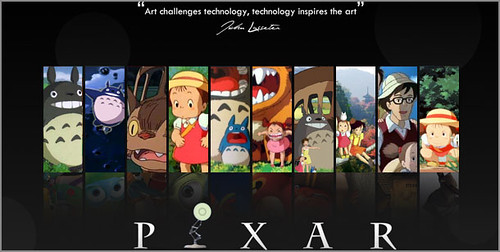
10. **Unpacking the Myths: George Lucas and the Pixar Puzzle.**When discussing the landmark sale of Lucasfilm, a frequent point of confusion among the general public and even some fans is the erroneous belief that George Lucas also sold Pixar to Disney. It’s crucial to clarify this persistent misconception: George Lucas never owned Pixar as a separate entity, nor was it part of the 2012 Lucasfilm transaction. The history of Pixar is intertwined with Lucasfilm’s technological innovations, but its path to becoming a world-renowned animation studio followed a distinct trajectory, culminating in its own separate acquisition by Disney years earlier.
Pixar actually began its life as the computer graphics division of Lucasfilm, established in 1979 to develop cutting-edge digital animation technology. This division was instrumental in pioneering techniques that would revolutionize visual effects in cinema, laying the groundwork for many of Lucasfilm’s groundbreaking special effects. However, in 1986, George Lucas made the strategic decision to spin off this computer graphics division into an independent company. This move was not a sale to Disney, but rather a transaction with Apple co-founder Steve Jobs, who acquired the fledgling company for $10 million.
Under Steve Jobs’s ownership and with significant investment, Pixar Animation Studios blossomed into an industry titan, producing a string of critically acclaimed and commercially successful animated features, starting with “Toy Story” in 1995. This era saw Pixar develop its distinctive storytelling style and groundbreaking technological prowess, fundamentally altering the landscape of animated filmmaking. Its subsequent acquisition by Disney in 2006 for a staggering $7.4 billion was a standalone deal, occurring six years prior to Lucasfilm’s sale.
Therefore, the narrative that George Lucas sold Pixar to Disney is a misattribution of events, conflating two entirely separate historical transactions. While both companies eventually found their home under the Disney umbrella, their journeys there were distinct, highlighting different chapters in Lucas’s business acumen and the broader evolution of digital animation and entertainment conglomerate strategies. Understanding this distinction is vital to accurately comprehending the various historical shifts within the entertainment industry.
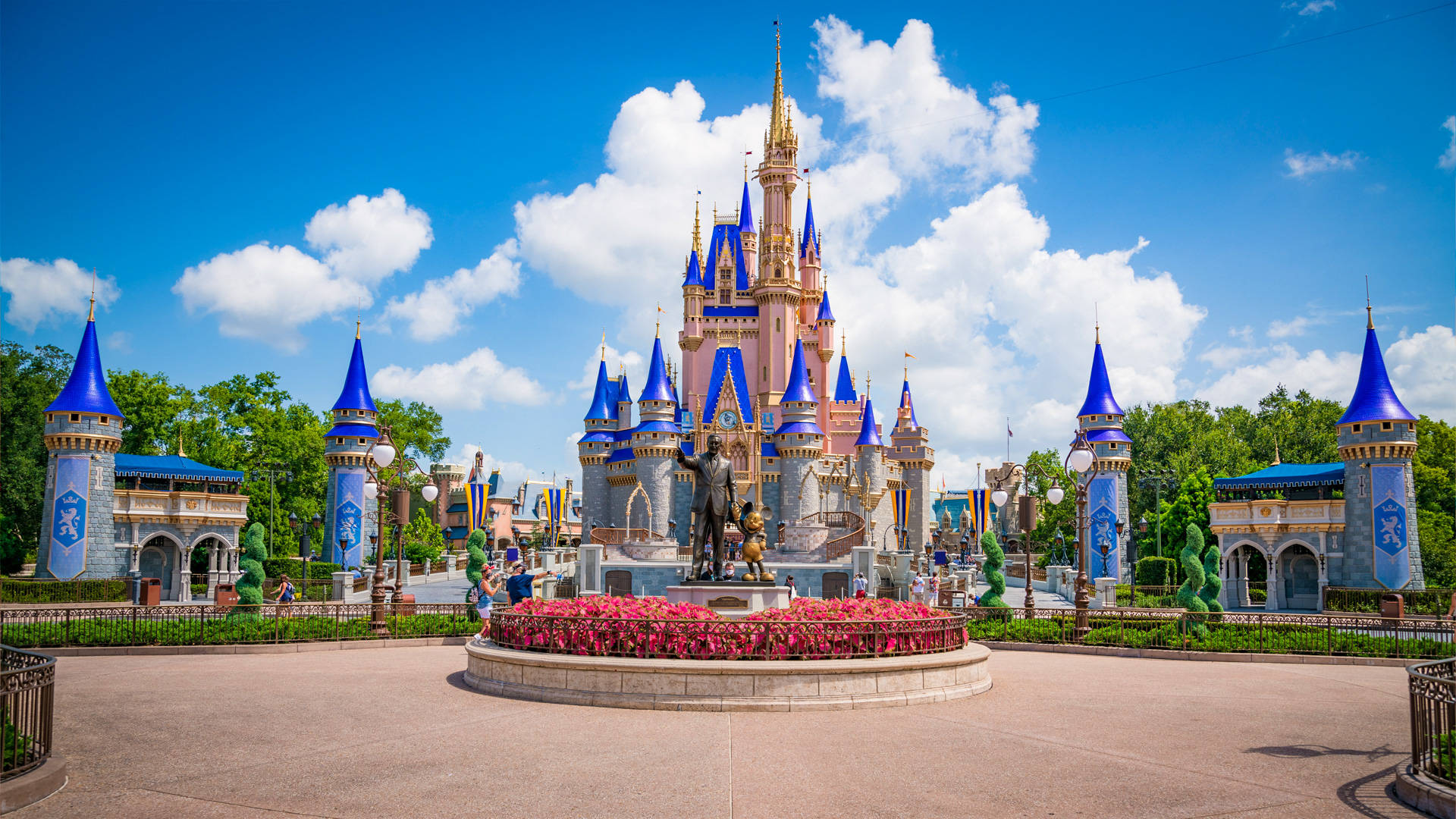
11. **Disney’s Billion-Dollar Bet: Unquestionable Profits and Strategic Success.**A common query that arises when reflecting on the Lucasfilm acquisition is whether Disney truly profited from its colossal $4.05 billion investment. The answer, unequivocally, is a resounding yes. Disney has not only recouped its initial outlay but has generated billions of dollars in revenue across multiple streams, solidifying the Star Wars franchise as one of its most lucrative intellectual properties. While precise financial figures are often proprietary, industry analysts are in widespread agreement that Disney’s strategic gamble has paid off handsomely, far exceeding expectations and demonstrating astute corporate foresight.
The financial success is multifaceted, stemming from various revenue streams. At the box office, the new Star Wars films released under Disney’s stewardship—including the sequel trilogy and standalone entries—have collectively grossed billions worldwide, proving the enduring appeal of the saga. Beyond ticket sales, merchandising has remained an immense financial driver. Star Wars products, from toys and apparel to collectibles and video games, consistently generate billions annually, leveraging the brand’s iconic imagery and characters to connect with consumers globally.
Furthermore, Disney has ingeniously integrated the Star Wars universe into its vast theme park empire. Immersive experiences like Star Wars: Galaxy’s Edge, located at both Disneyland and Disney World, represent monumental investments that have translated into significant visitor numbers and supplementary revenue through unique attractions, themed dining, and exclusive merchandise. These park expansions not only capitalize on the franchise’s popularity but also create unparalleled, immersive fan experiences that encourage repeat visits and further brand loyalty, making them powerful revenue generators.
The advent of Disney+ has added another lucrative layer to this financial success story. Original Star Wars series, such as “The Mandalorian” and its numerous successors, have become flagship content, driving subscriber growth and retention for the streaming service. This strategic vertical integration allows Disney to control content creation, distribution, and monetization, maximizing the value of the Star Wars brand across all platforms. The overall financial trajectory since the 2012 acquisition paints a clear picture of unparalleled success, showcasing Disney’s ability to expertly nurture and expand a beloved global phenomenon.
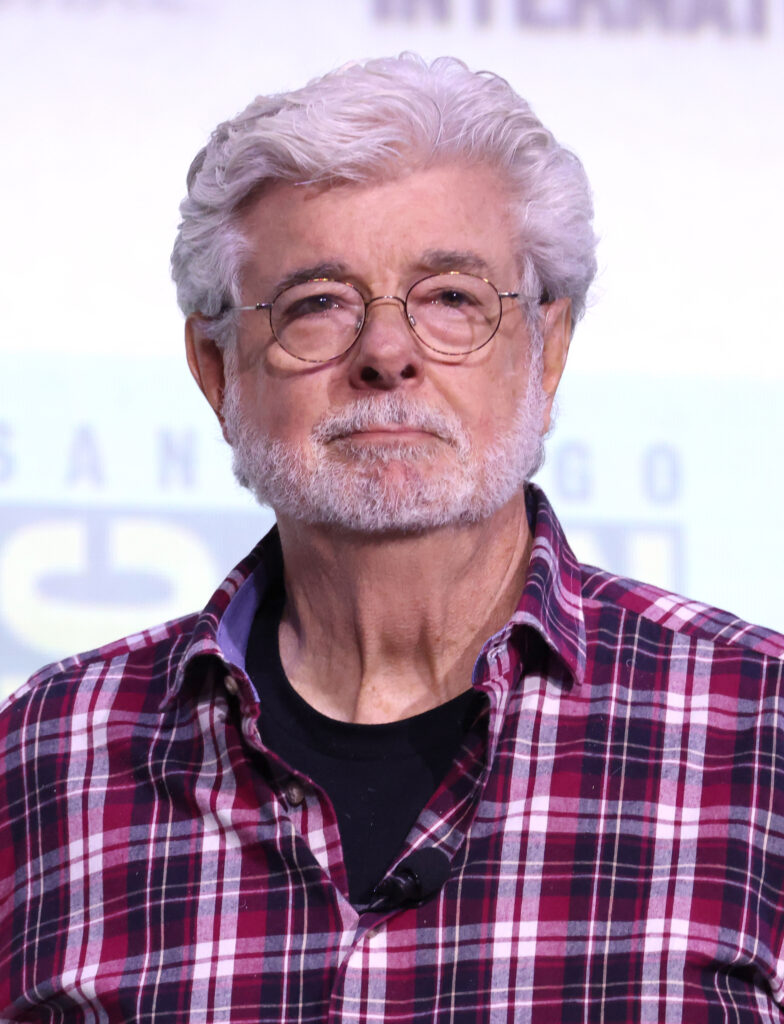
12. **The Force of Legacy and Future Horizons: Lucas’s Impact and Fan Engagement.**George Lucas’s decision to sell Lucasfilm, though deeply personal and strategically motivated, has irrevocably cemented his legacy as one of Hollywood’s most profound visionaries and innovators. His pioneering contributions to filmmaking, particularly in special effects through ILM and sound design via Skywalker Sound, fundamentally reshaped cinematic storytelling, setting new industry standards that continue to influence creators today. By entrusting his life’s work to Disney, Lucas ensured that his creations would not only endure but also reach new generations, perpetuating the cultural impact of Star Wars far beyond his direct involvement.
Moreover, the sale allowed Lucas to redirect his immense wealth and energy towards philanthropic endeavors, particularly in education. This shift in focus significantly enhanced his legacy, demonstrating a commitment to societal betterment that extended beyond the entertainment world. His ability to move from blockbuster filmmaking to impactful charity work highlights a holistic vision for his life’s contributions, proving that his influence wasn’t confined to the screen but branched into creating positive, lasting change in the real world.
However, the transition under Disney has not been without its complexities, particularly concerning fan engagement. The reaction to new Star Wars films and series has been a mixed bag, igniting fervent debates within the fanbase. While many have embraced the new characters, storylines, and expanded universe, others have voiced criticisms, arguing that certain narratives have strayed from Lucas’s original vision or introduced divisive creative choices. This tension underscores the delicate balance Disney must strike: honoring the foundational legacy of Star Wars while simultaneously pushing the franchise into bold, new directions that appeal to contemporary audiences.
Looking ahead, the future prospects for the Star Wars franchise under Disney’s stewardship appear boundless. With a continuous slate of films, television series, and immersive experiences in development, the commitment to expanding the universe remains robust. This strategic long-term investment ensures that Star Wars will maintain its relevance in popular culture, continuing to captivate and inspire. George Lucas may have passed the torch, but the luminous legacy of his vision, now carried forward by Disney, continues to illuminate new pathways for storytelling, ensuring the Force remains strong for generations to come.
This monumental sale, born from a confluence of personal aspirations, strategic business acumen, and an uncanny foresight into industry shifts, has profoundly reshaped the landscape of entertainment. It liberated George Lucas to pursue a life beyond the demands of a galaxy-spanning empire, while simultaneously empowering Disney to shepherd Star Wars into an unprecedented era of expansion and profitability. The saga of a galaxy far, far away, through this historic transaction, has found a new home, one where its epic narrative continues to unfold, inspiring wonder and debate, and ensuring that the Force, indeed, will be with us, always.

